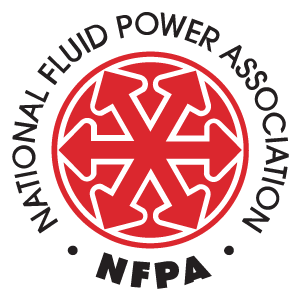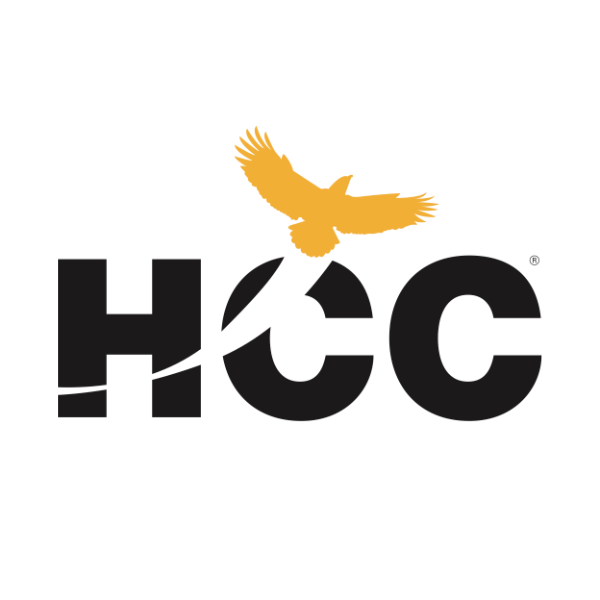Since 1969, NFPA has worked to foster cooperation among users and manufacturers by being involved in the development of fluid power ISO standards. NFPA holds the secretariat of ISO Technical Committee 131, fluid power systems, and is responsible for 237 published ISO standards, of which 27 projects are currently under development.
One of the strengths of ISO standardization is that the documents are created by the people who need them. In the United States, 135 industry experts participate on 11 technical advisory groups (TAGs) to drive all aspects of the standards development process, from deciding whether a new standard is needed, to defining the technical content. NFPA is encouraging our member companies to volunteer experts on one or more of the TC 131 subcommittees at both the national and international level.
Why do standards matter in fluid power?
ISO standards, technical specifications, and technical reports play a key role in fluid power technology. Designing, assembling, and maintaining a hydraulic or pneumatic system often involves putting together a variety of components, often from a variety of suppliers. Without standards for dimensional interchangeability, performance measurement and communication, safety requirements, and testing and inspection methods, these processes would be much more difficult.
Standards benefit users because they:
- simplify the use of fluid power;
- help educate users on how to correctly size and apply products;
- determine product performance and how it is measured, allowing comparison;
- communicate needs in a commonly understood language;
- are written with input from users.
Standards benefit manufacturers because they:
- provide uniform methods for testing products and advertising their ratings;
- help to assure system integrity and safety in the application of fluid power;
- help to improve efficiency of fluid power products and systems;
- simplify the variety of products and sizes in the marketplace;
- encourage new product development;
- help avoid confusion in communicating with customers.
Standards for fluid power products and systems fall into three basic categories:
- Communication standards define the basic terms, symbols and other communication tools used in the fluid power industry. Vocabularies, graphic symbols, and dimension codes are typical subjects for communication standards.
- Design standards establish dimensions, tolerances, or other physical characteristics of products. They ensure that fluid power products meet dimensional criteria that enable interfacing and interchangeability.
- Performance standards provide a voluntary method of rating products. Pressure rating, particle counting methods used in contamination analysis, and methods of testing for strength and volume are typical performance standards.
Why get involved in standards development?
Getting involved in this process can bring significant advantages to participating individuals and businesses alike. Advantages include:
- having early access to information that could shape the market in the future;
- giving your company a voice in the development of standards;
- helping to keep market access open.
Getting involved in standards development brings your concerns and needs to bear on the process that can affect you and your customers in the future.
How to get involved?
If you would like to join one of the subcommittees and/or to learn more about the development of fluid power ISO standards, contact Denise Husenica at (414) 778-3354 or email dhusenica@nfpa.com.
Like this post? Share it!
Recent Posts
Fall 2024 Fluid Power Recruitment Event with NIU
RSVP for our Fall 2024 Fluid Power Recruitment Event with Northern Illinois University (NIU). NIU is one of seven universities recognized as a Power Partner, teaching fluid power competencies and engaging in all NFPA educational programs. At this event, your company will have the opportunity to connect directly with NIU engineering students. Engaging in meaningful conversations,…
Now Announcing: Cuyahoga Community College as a Fast Track Hub in Ohio
NFPA’s Fast Track to Fluid Power is a workforce development pathway that partners local technical colleges with fluid power industry members and high school teachers. These networks create awareness and interest in fluid power and train students along a path that leads to careers in fluid power at NFPA member companies. We are pleased to…
Now Announcing: Houston Community College as a Fast Track Hub in Texas
NFPA’s Fast Track to Fluid Power is a workforce development pathway that partners local technical colleges with fluid power industry members and high school teachers. These networks create awareness and interest in fluid power and train students along a path that leads to careers in fluid power at NFPA member companies. We are pleased to…



